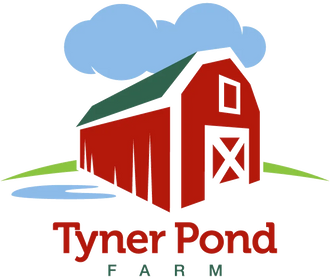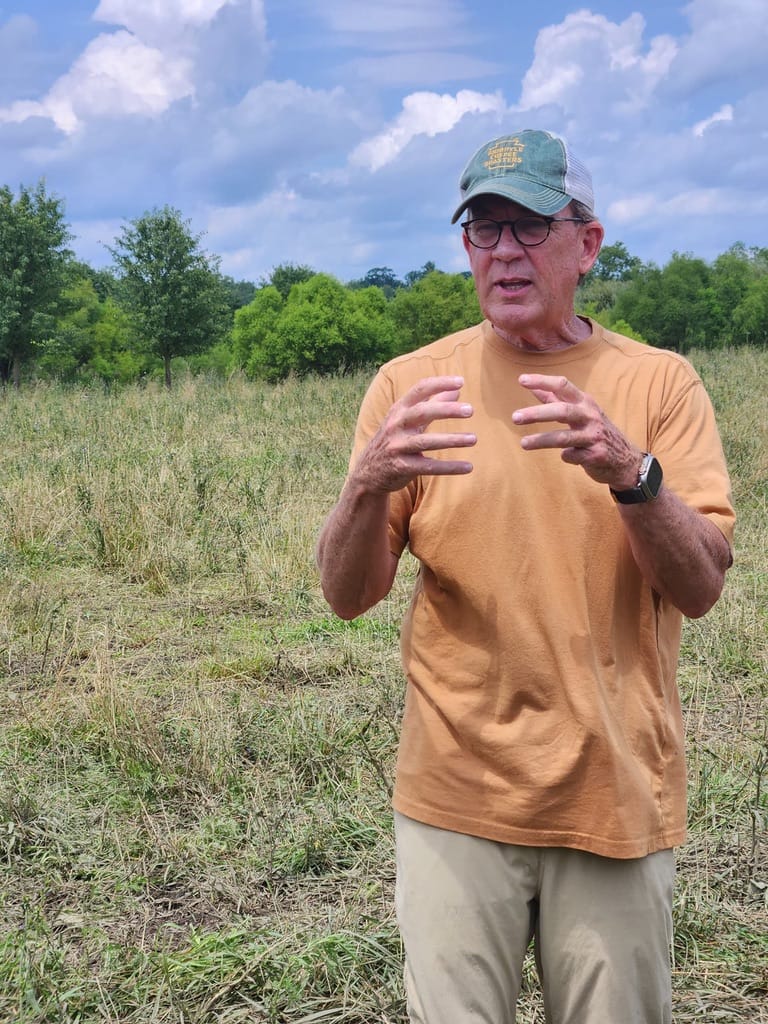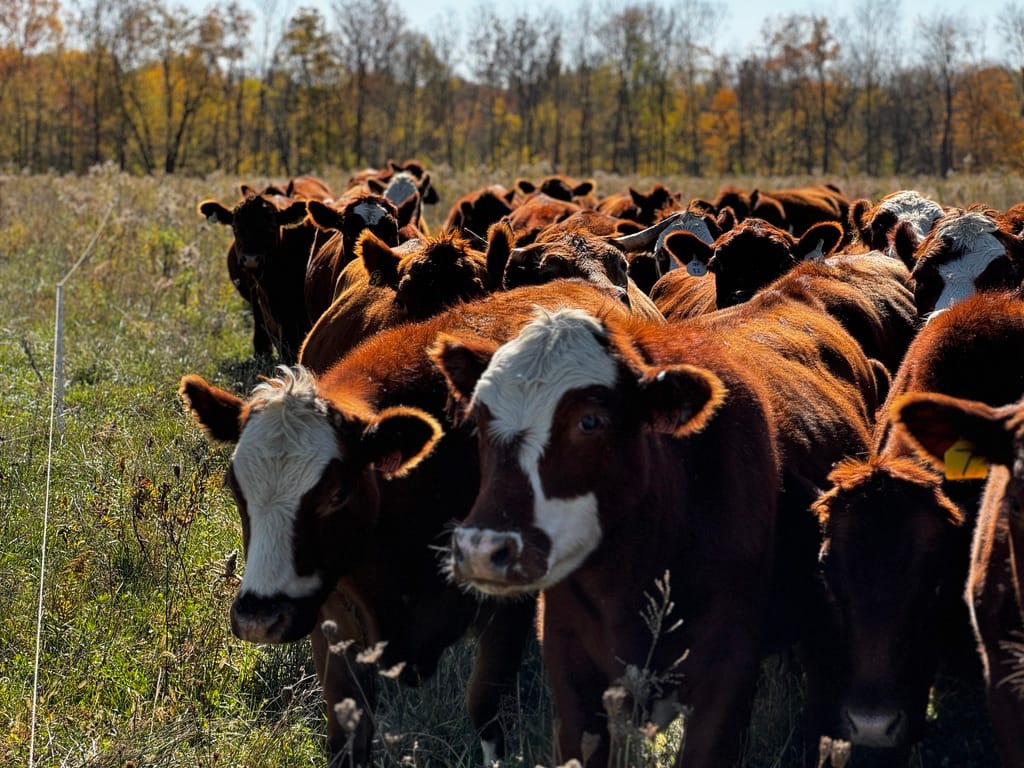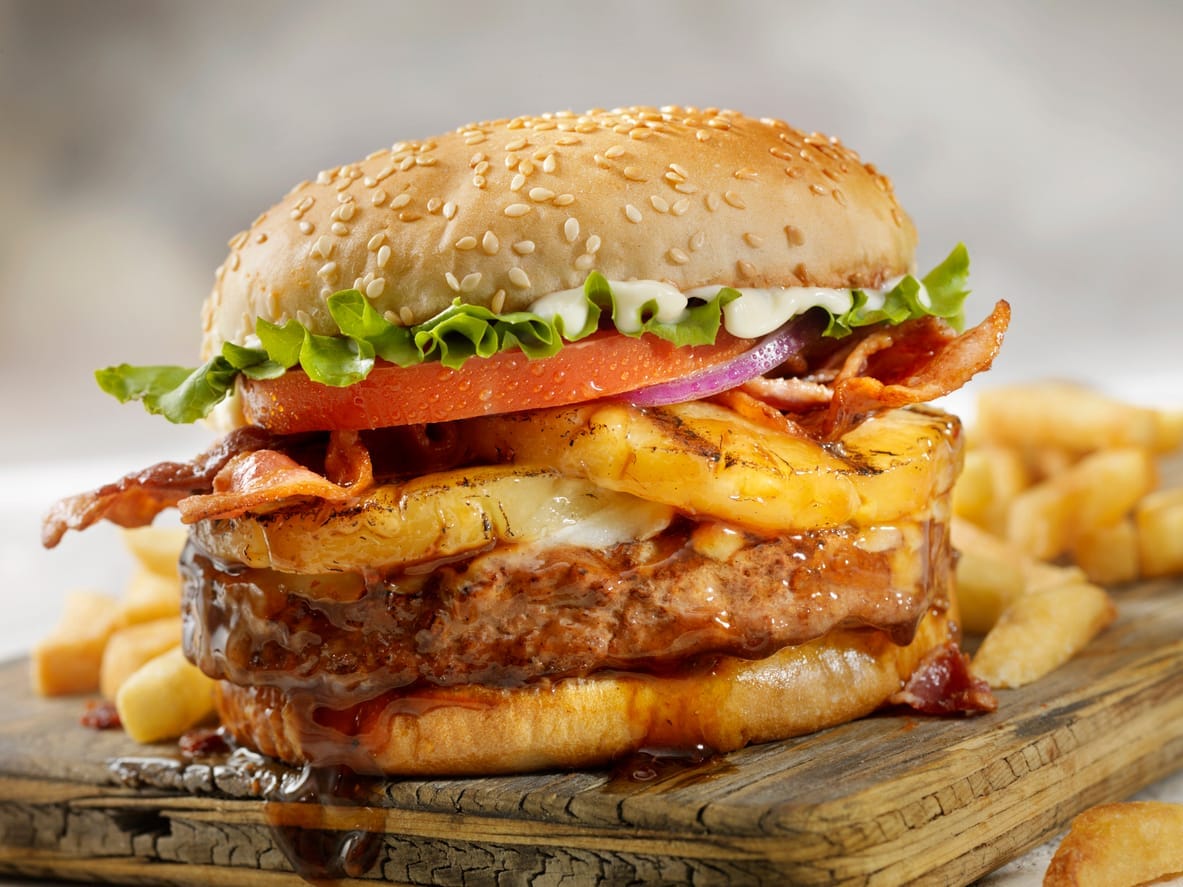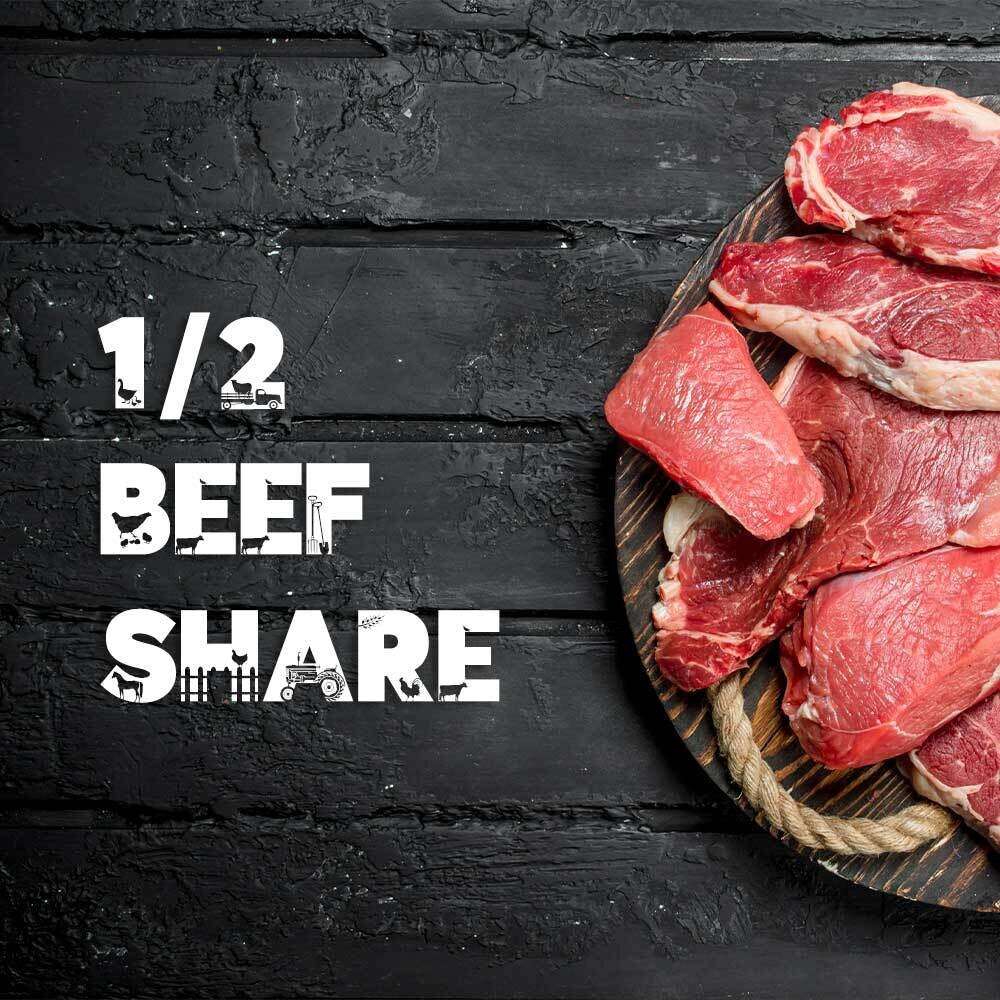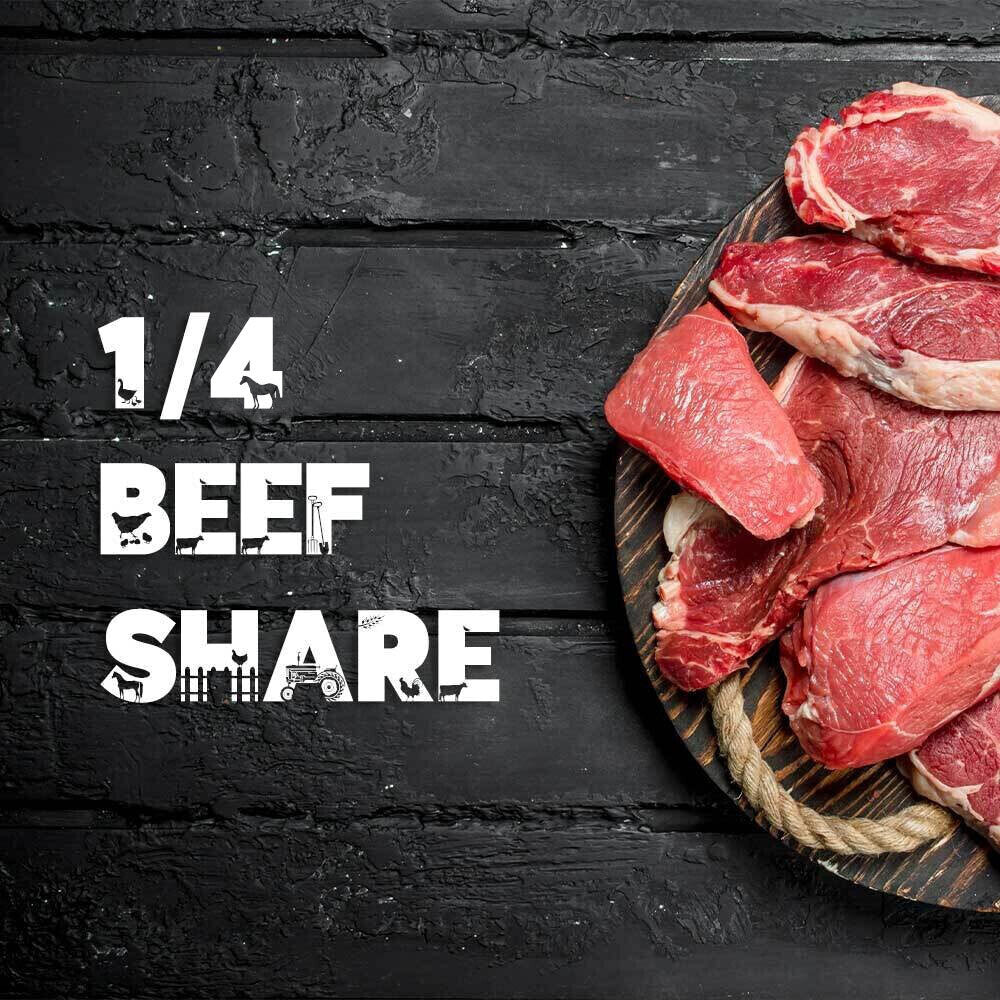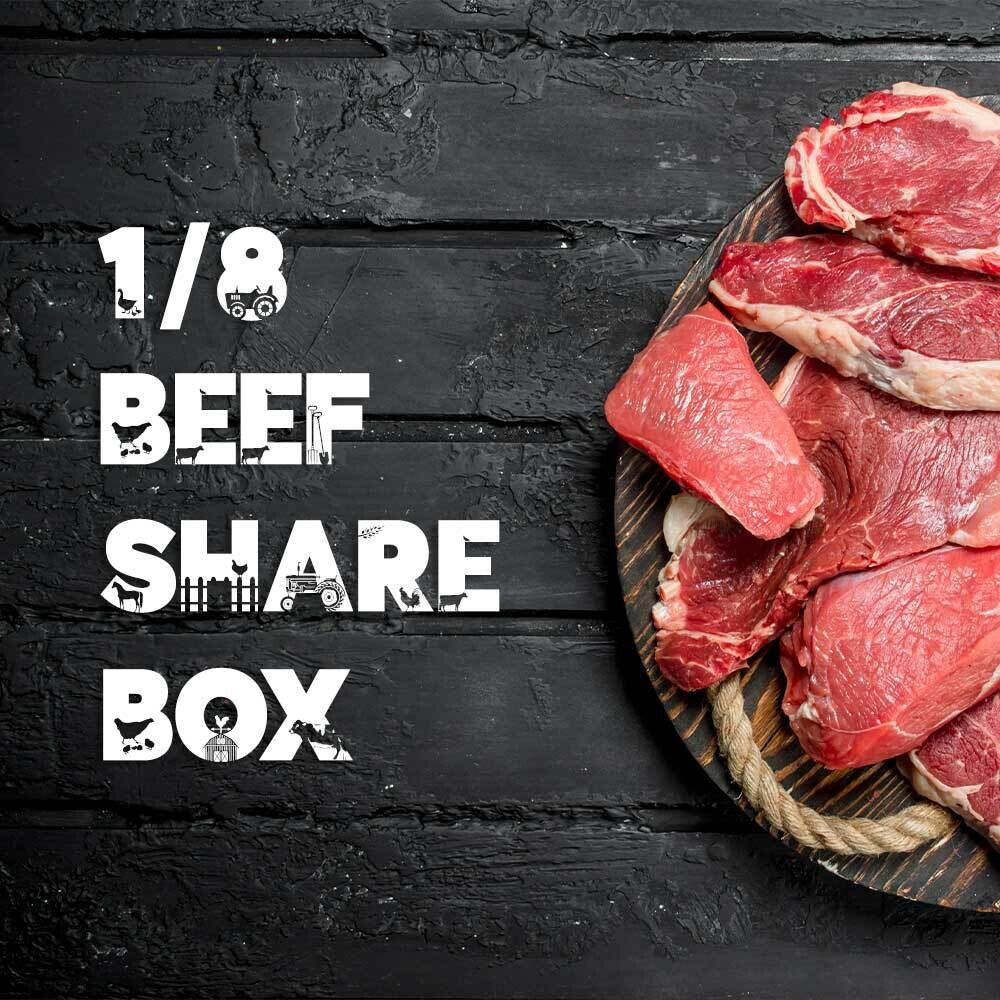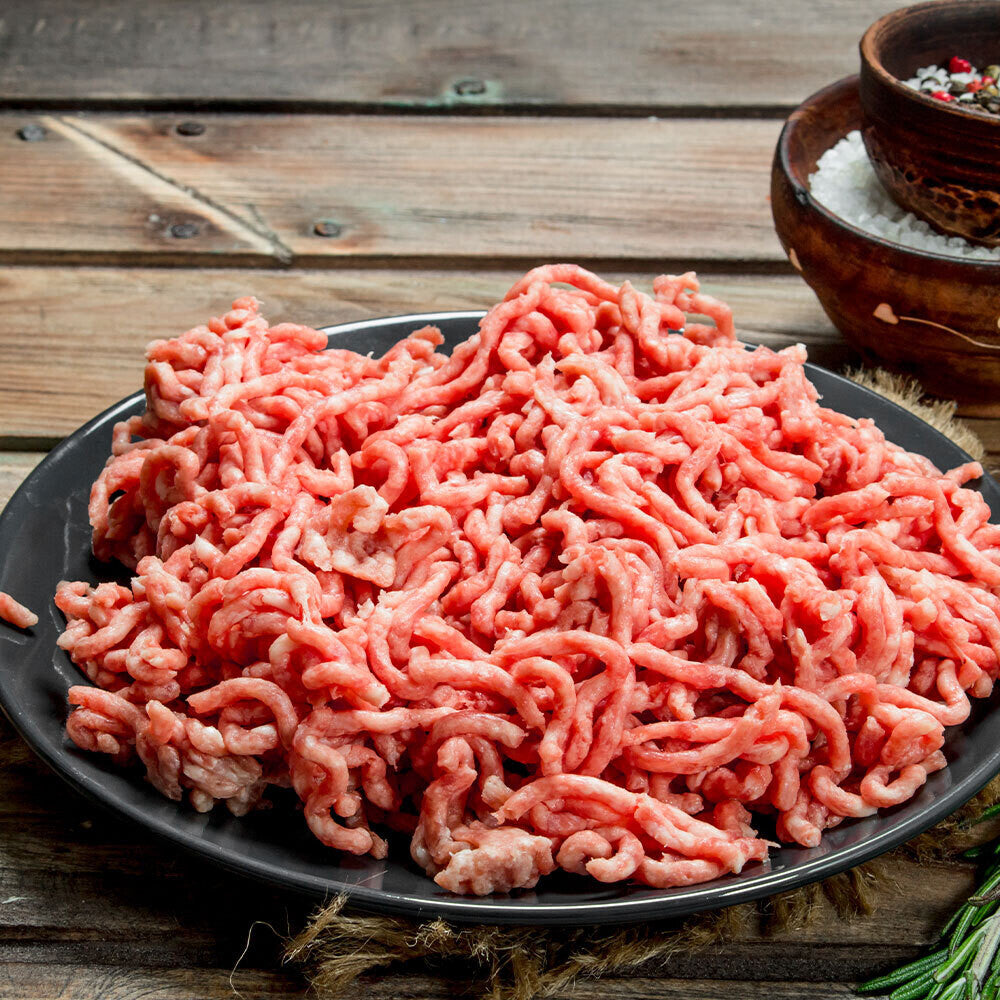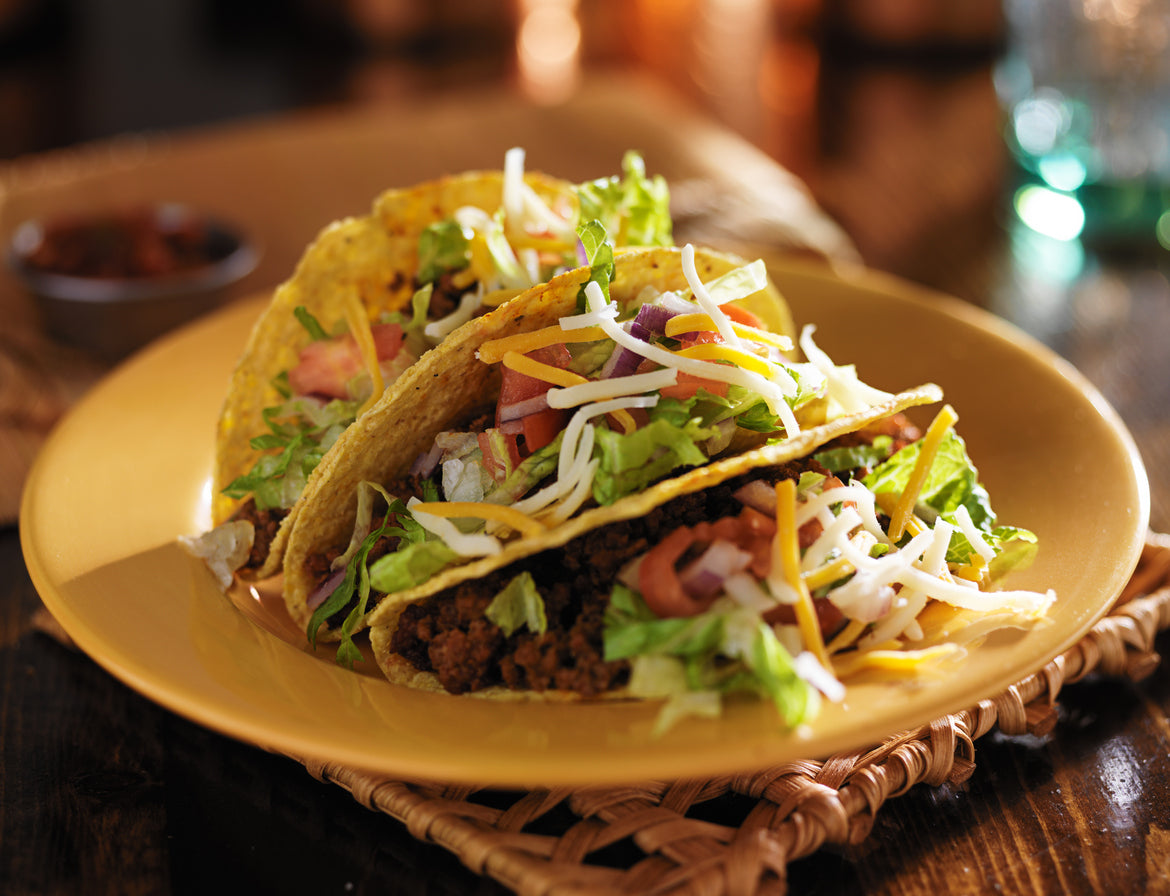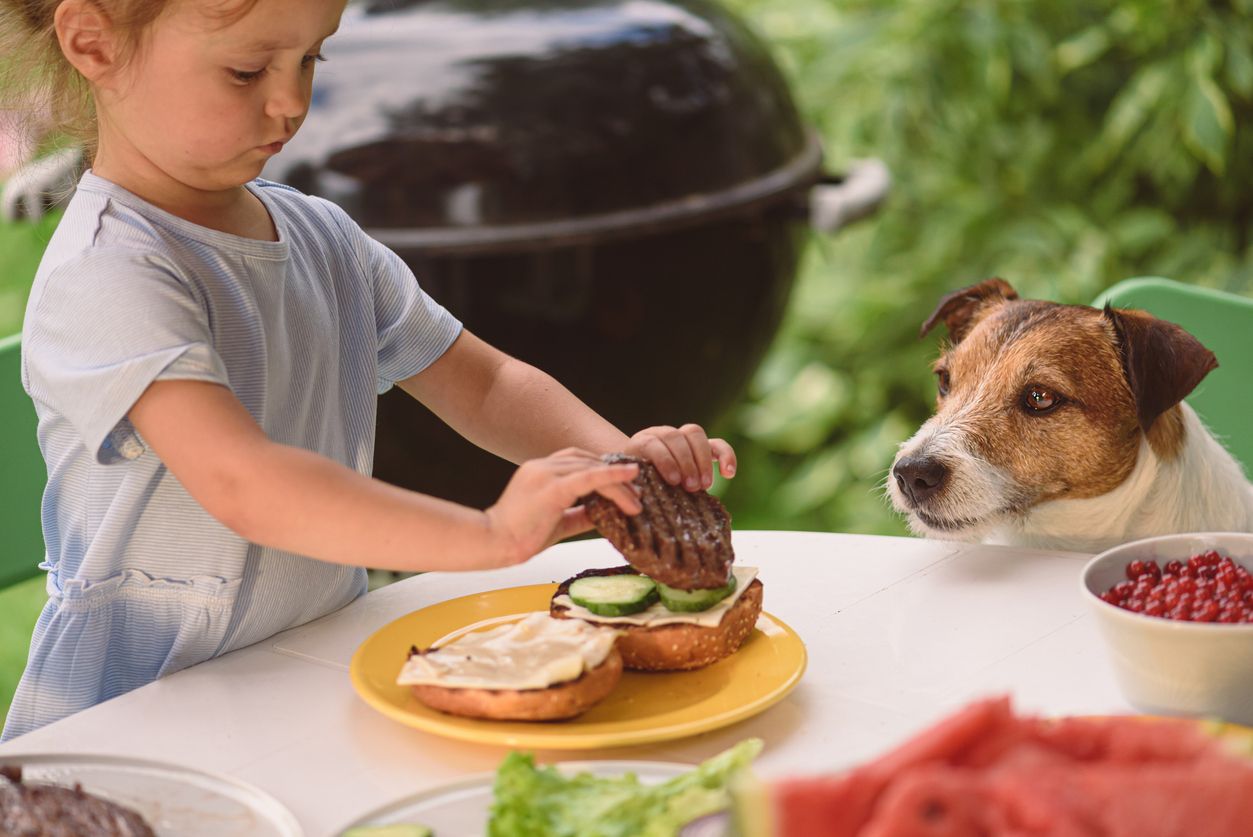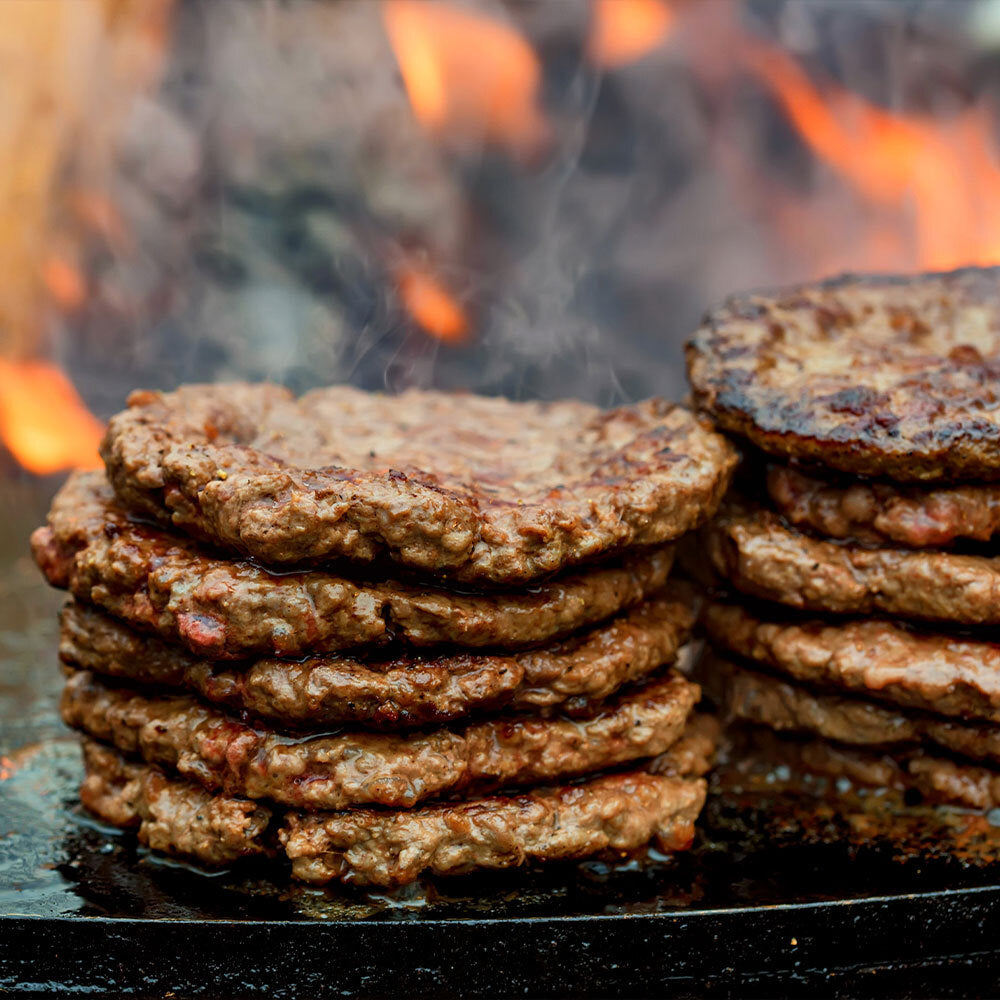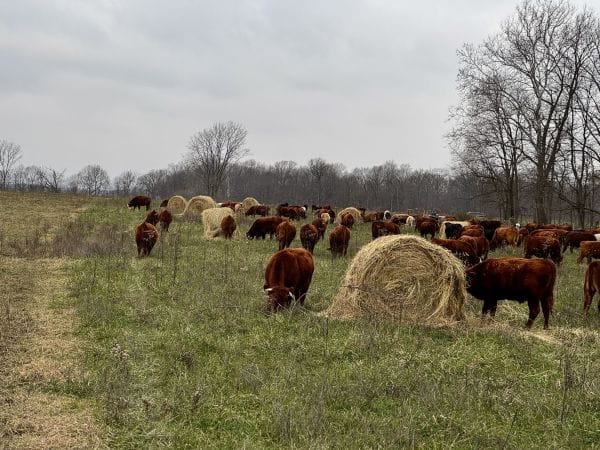
Bale Grazing and Winter Grass Management at Tyner Pond Farm
At Tyner Pond Farm, our approach to cattle management is grounded in regenerative agriculture principles that prioritize soil health, animal welfare, and environmental sustainability. One of the practices we use during the colder months is bale grazing, but as you can see in the photo above, our cattle are heads down grazing grass first. This is no accident. Through intentional management, we ensure there is still grass to graze even as winter sets in. This ability to extend the grazing season highlights the effectiveness of Adaptive Multi-Paddock (AMP) grazing and the importance of planning ahead.
What Is AMP Grazing?
AMP stands for Adaptive Multi-Paddock grazing.AMP grazing is a rotational grazing system that involves moving cattle frequently between small paddocks. This practice mimics natural grazing patterns of herd animals and gives each paddock time to rest and recover. The result is improved soil health, greater biodiversity, a more resilient pasture ecosystem and more nutrient-density for the cattle...and us. By carefully monitoring forage growth and adjusting our grazing schedule, we make the most of the grass on our farm, even into the winter months. This is why our cattle still have grass to eat before they turn to the hay bales. It’s solid evidence of the long-term benefits of regenerative grazing practices, which focus on working with nature rather than against it.
What Is Bale Grazing?
Bale grazing is a method of feeding hay to cattle directly on the pasture, rather than transporting it to a central feeding area. Large round hay bales are strategically placed in the field, and cattle are given access to them as needed. This practice has several key benefits: Improved Soil Fertility: As the cattle eat the hay, they trample leftover plant material into the ground, adding organic matter to the soil. Their manure further enriches the land with nutrients. Reduced Labor and Equipment Use: Instead of hauling feed daily, bales can be placed in advance, reducing fuel use and machinery wear. Erosion Control: Feeding directly on the pasture minimizes the concentrated wear and tear on specific areas that can lead to mud and erosion.Why We Use Bale Grazing
At Tyner Pond Farm, bale grazing is not just about feeding cattle during the winter. It’s a deliberate strategy to enhance the land and contribute to the regenerative cycle. The organic matter and nutrients left behind by the cattle’s activity help build healthier soil, which in turn supports better forage growth in the future. Additionally, because bale grazing spreads cattle activity across a wide area, it reduces compaction and ensures even nutrient distribution.Regeneration Through Winter Management
Our winter management practices—including AMP grazing and bale grazing—are part of a larger commitment to farming in a way that regenerates the land rather than depleting it. By ensuring our cattle have grass to graze into winter, we’re reducing the need for hay and maximizing the natural productivity of our pastures. When the cattle move on to the hay bales, they’re not just feeding themselves; they’re helping us create a healthier, more resilient farm ecosystem. As we look to the future, we’re committed to continuing these practices and sharing their benefits with others. Regenerative farming isn’t just good for the environment—it’s essential for producing high-quality, nutrient-dense food while ensuring the land remains productive for generations to come.
Tags:
Previous post
8 Keto Egg Salad Recipes Made with Antibiotic-Free, Pasture-Raised Eggs for Nutrient-Dense, Low-Carb Meals
Next post
